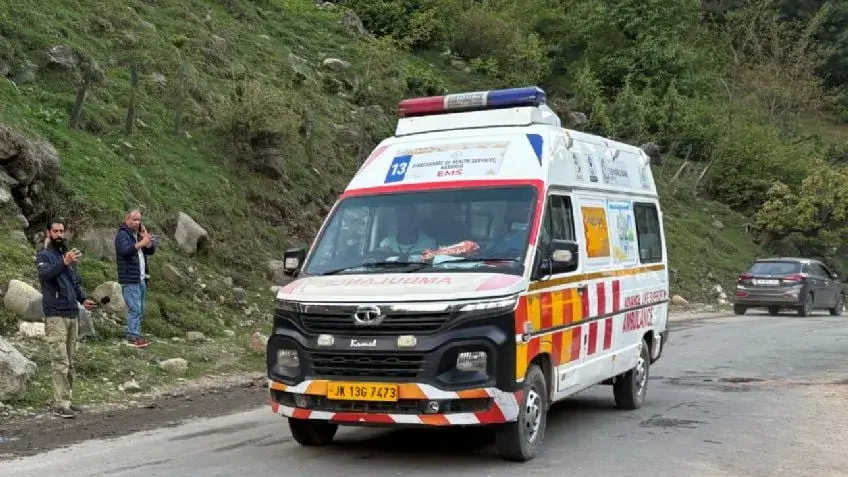Experts criticize cloud seeding as an “ineffective” and temporary measure, arguing that only structural emissions reform can solve the public health crisis.

NEW DELHI – Authorities in New Delhi deployed cloud seeding technology for the first time this week in a desperate attempt to induce artificial rain and wash away the toxic smog that has dangerously enveloped the Indian capital.
The experiment, conducted in collaboration with the Indian Institute of Technology (IIT) Kanpur, involved an aircraft releasing chemicals into the clouds to stimulate precipitation. The move comes as the city’s 30 million residents choke on air pollution levels up to 20 times higher than the World Health Organization’s recommended limits, with air quality monitors consistently registering in the “very poor” category.
Cloud seeding is a weather modification technique, more commonly used in drought-prone regions, that uses substances like silver iodide to encourage the formation of raindrops. While officials hoped the measure would provide temporary relief by settling airborne particulate matter, experts have sharply criticized the plan.
Krishna Achuta Rao, a professor at IIT Delhi’s Centre for Atmospheric Sciences, told the Associated Press that using cloud seeding to reduce air pollution is “ineffective.” He argued that any relief would only last for a few days before the air quality reverts to its previous hazardous state.
“Cloud seeding is not a remedy for pollution,” Rao stated, adding that the effort “seems to be more about demonstrating to the public that action is being taken.”
Experts insist that the only lasting solution is the implementation of “solid laws to reduce emissions from all sources,” including industry, vehicles, and construction.
The city’s air quality crisis, which peaks every winter, is fueled by a combination of agricultural stubble burning, industrial and vehicular emissions, and meteorological conditions that trap pollutants over the city.
In response to the public health emergency, authorities have also banned construction activities, limited the use of diesel generators, and deployed water tankers and anti-smog cannons. However, scientists and critics agree that these temporary fixes fail to address the root causes of the crisis, urging the government to commit to real, structural reforms to ensure clean air in the long term.
Keep Independent Journalism Alive
In a world flooded with noise, independent journalism is more vital than ever. We work hard to bring you clear, accurate, and unbiased international news — free from corporate or political influence.If you believe in the power of honest reporting, please consider making a donation. Every contribution, big or small, helps us stay independent and keep the world informed.
Support us via PayPalYour support makes a difference.


